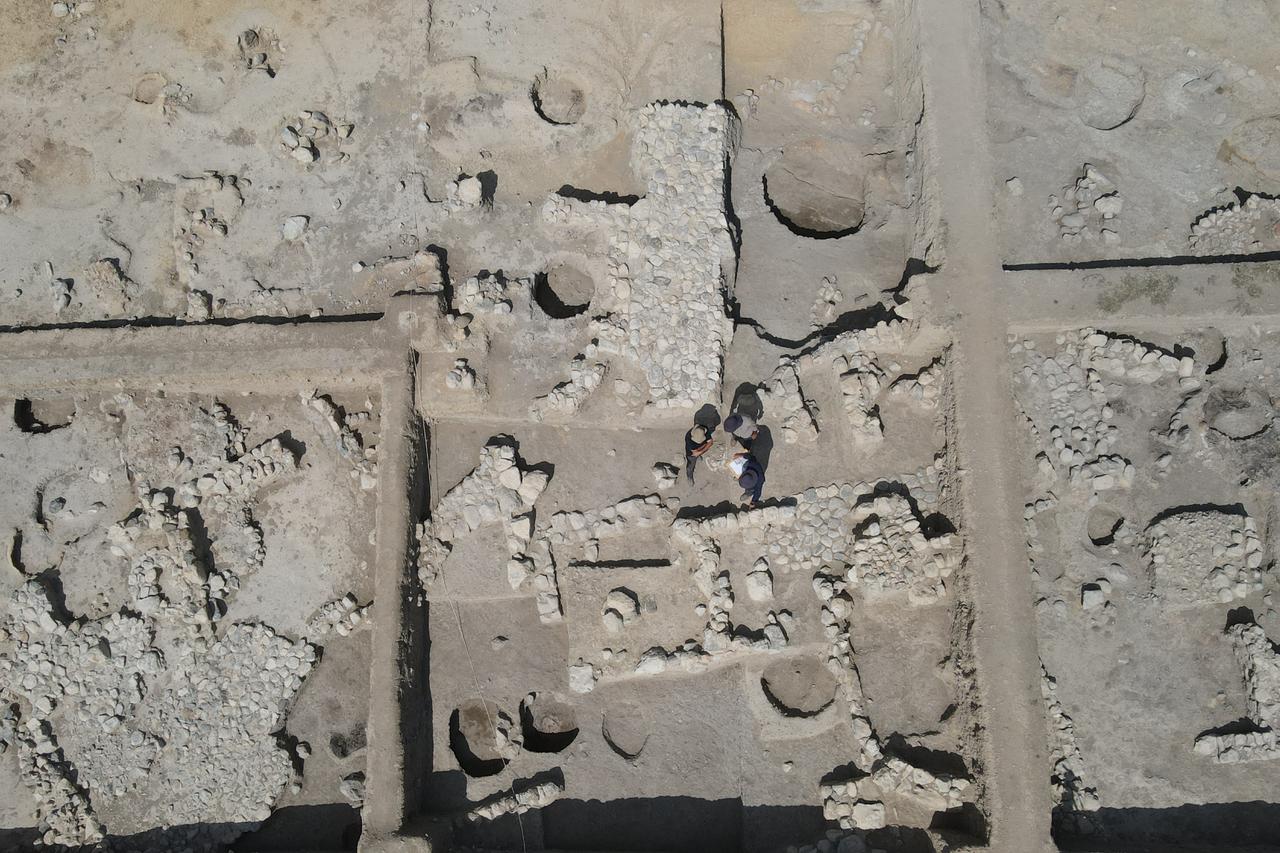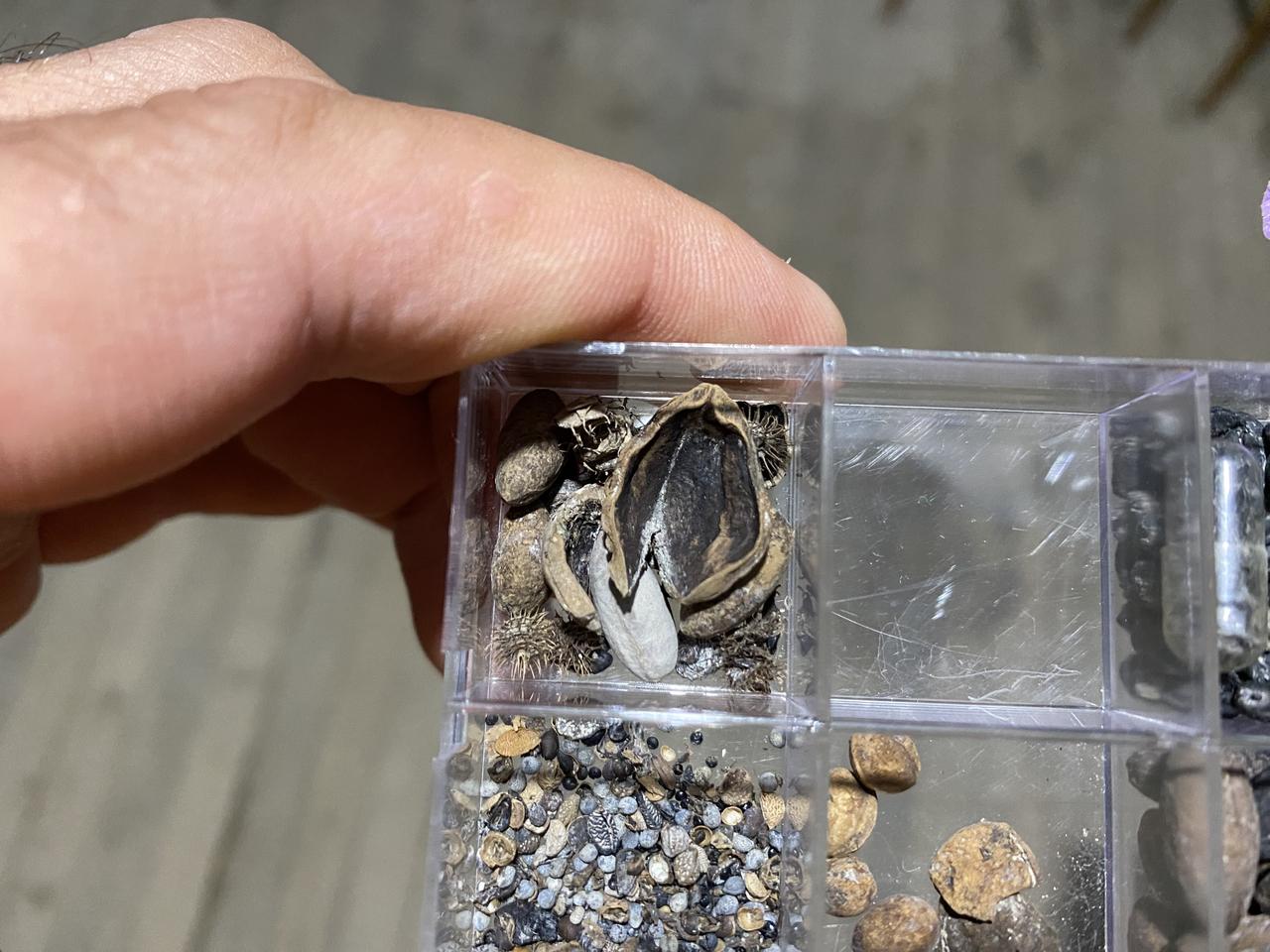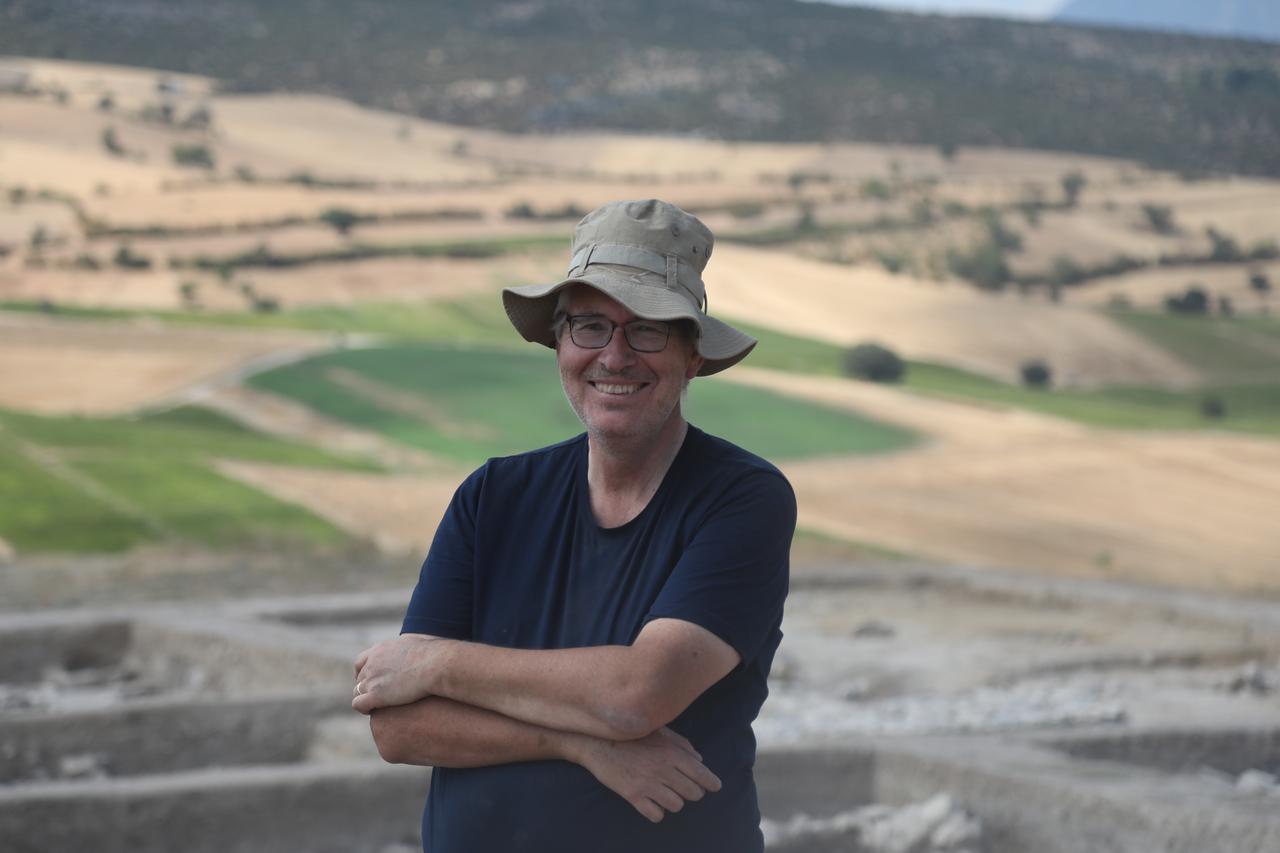
Archaeological excavations in Oymaagac Mound, located in Vezirkopru district of Samsun, have uncovered 3,500-year-old hazelnut shells and kernels. The site has been identified, through cuneiform tablets, as the sacred Hittite city of Nerik.
Excavations began in 2006 under the direction of Professor Rainer Czichon, following a surface survey conducted in 2005. Over nearly 20 years, archaeologists have revealed hundreds of artifacts, including underground stairways, a sacred spring, and cuneiform tablets. The mound shows traces of continuous settlement stretching back at least 6,000 years, from the Chalcolithic Age through the Iron Age.

Among the most significant discoveries is a tunnel, believed to have been a temple, which leads to a spring mentioned in ancient texts as "the beloved spring of the Storm God." These findings confirm Oymaagac as the sacred Hittite city of Nerik.
Czichon explained: “We see human settlement here from the Chalcolithic to the end of the Iron Age. The most flourishing period was during the Hittites, who built a sacred city and a temple here for the Storm God. Cuneiform records describe this as the god’s favorite spring, and our excavations have matched these accounts.”
One particularly notable discovery is evidence that hazelnuts, now a key crop in the Black Sea region, were already being consumed 3,500 years ago. Earlier digs had revealed hazelnut shells, but the latest season uncovered both shells and intact kernels, which radiocarbon dating confirmed to around 1500 B.C.E.
One particularly notable discovery is evidence that hazelnuts, now a key crop in the Black Sea region, were already being consumed 3,500 years ago. Earlier digs had revealed hazelnut shells, but the latest season uncovered both shells and intact kernels, which radiocarbon dating confirmed to around 1500 BCE.

Czichon added: “So far, the oldest hazelnuts in the Black Sea region have not come from Giresun, as commonly believed, but from Oymaagac, from Nerik itself.”
In addition to hazelnuts, the excavations have unearthed textiles, figurines, weapons, sling stones, and even remarkably well-preserved waterlogged wooden pieces from the sacred spring, some appearing almost lifelike despite being 3,000 years old.
This year’s excavation season began in July and is planned to continue until December.